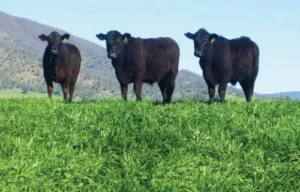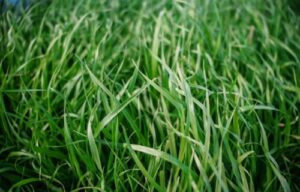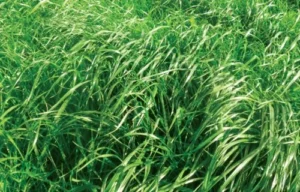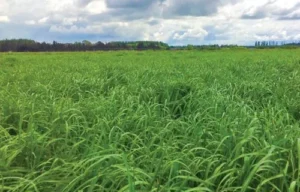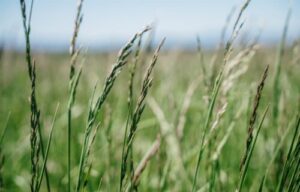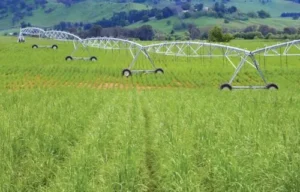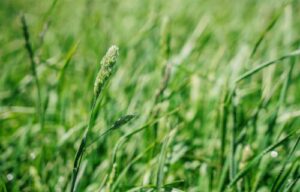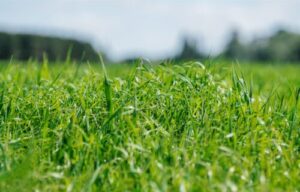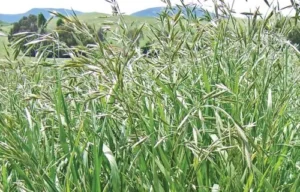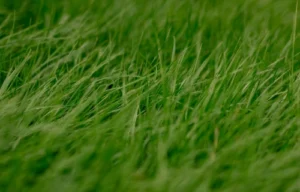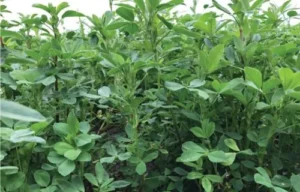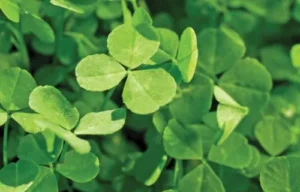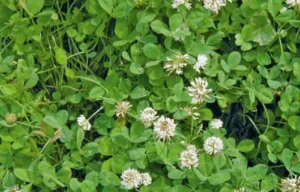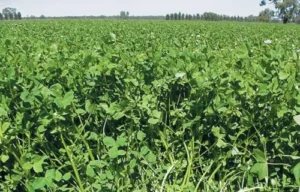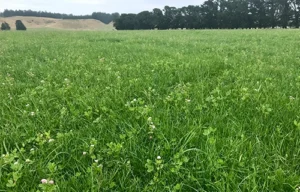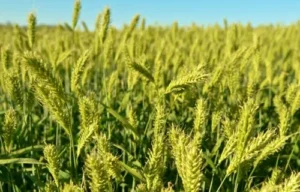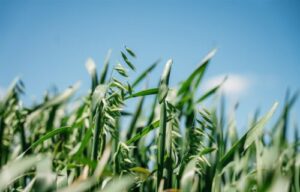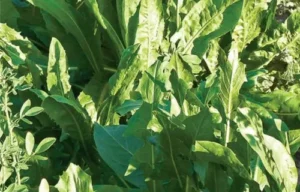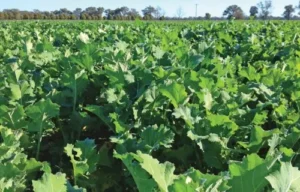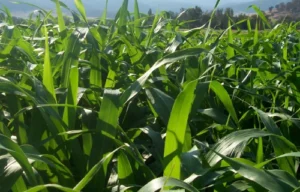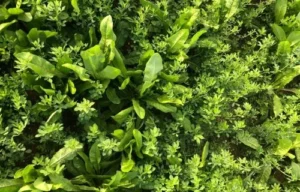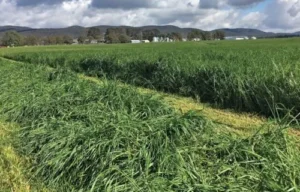Allure
Italian Ryegrass
Allure is the latest diploid Italian ryegrass to be released by UMS. Allure is a late-maturing, true Italian ryegrass that displays rapid establishment and will persist for 2-3 seasons under favourable conditions. Allure is a game changing variety in the diploid Italian market, with its outstanding performance and impressive overall dry matter production.


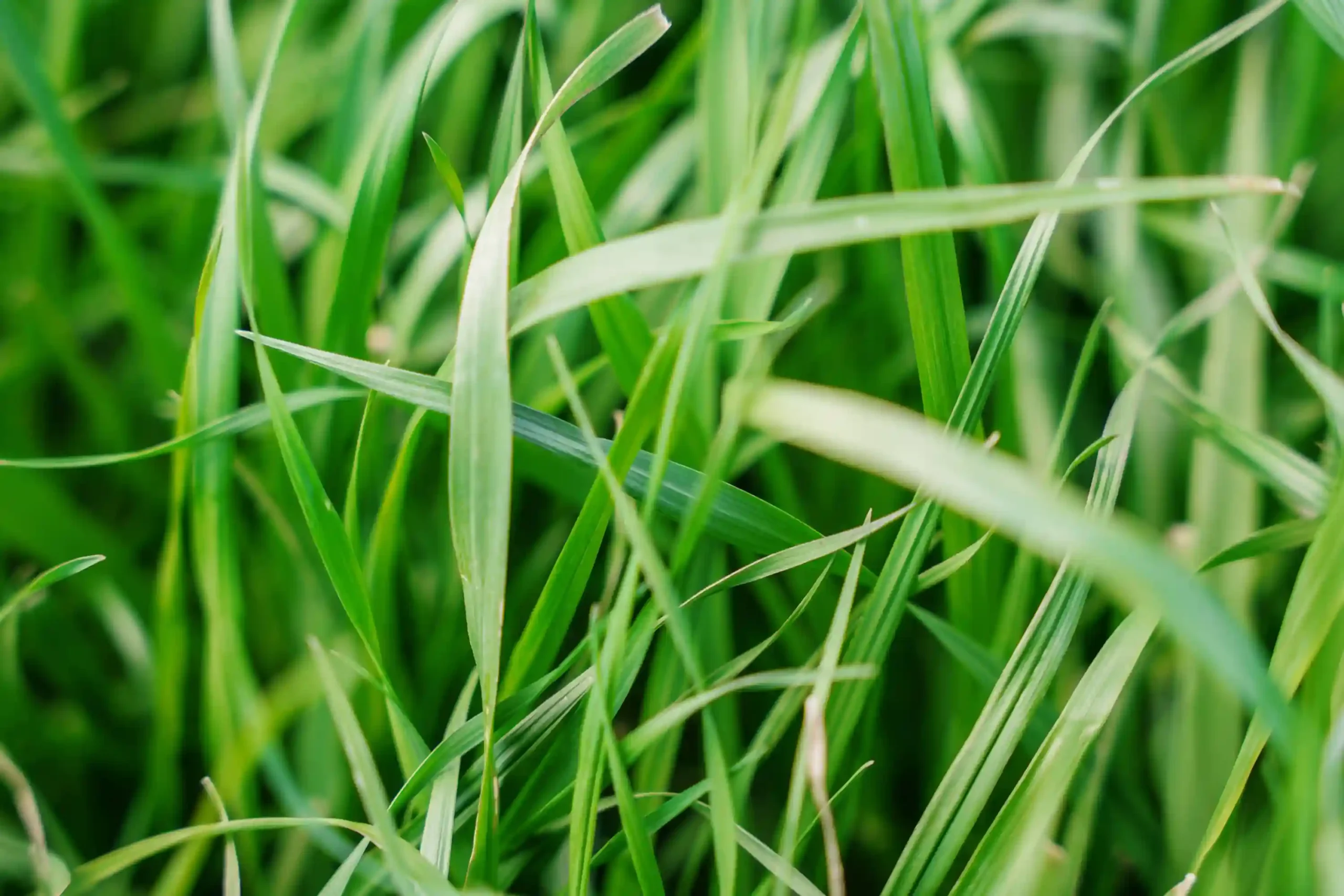
Scientific Name

Lolium multiflorum
Ploidy

Diploid
Sowing Rate

20 –25 kg/ha
Blend Rate

5 – 15 kg/ha
Seed Size

500,000-600,000 seeds per kg
Source: Pasture varieties used in NSW 2006-2007, Bev Zurbo, 2006
Maturity

Late
Allure is a late-maturing plant designed to produce DM well into summer if supplied with summer rainfall or irrigation.
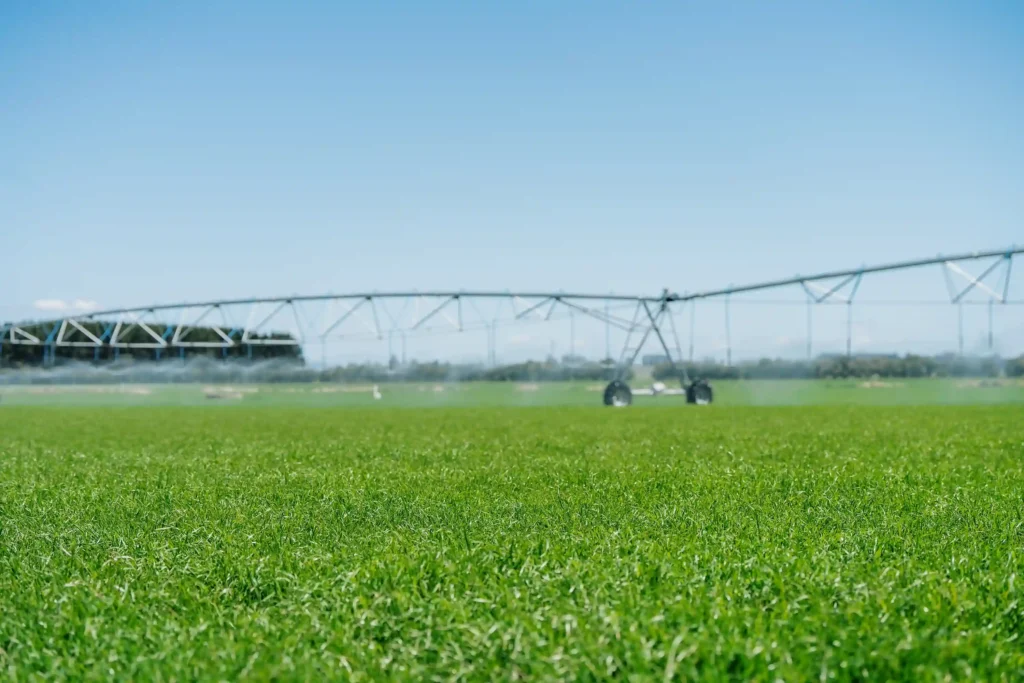
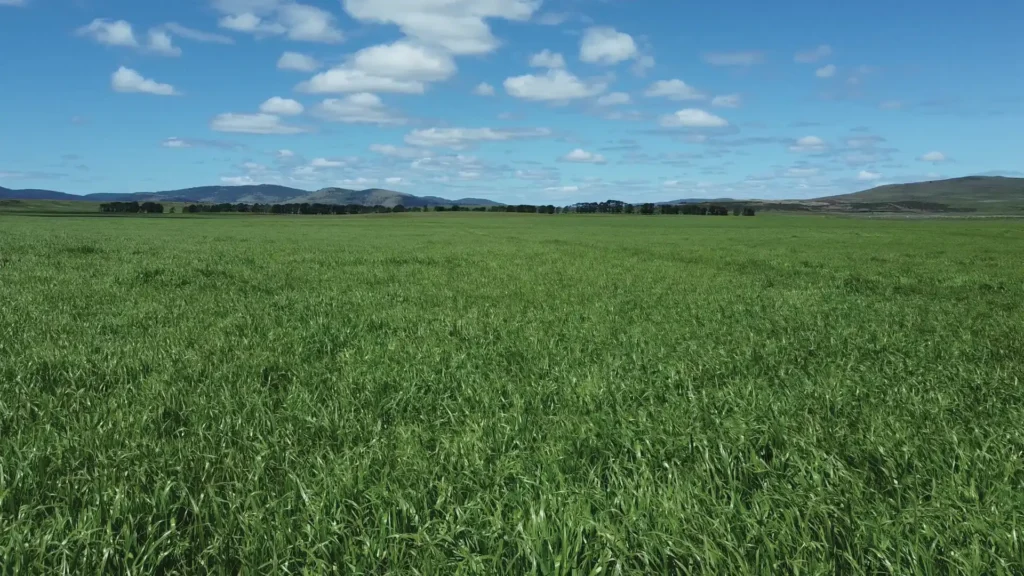
Key Features
High yielding and late maturing ryegrass
Excellent winter and early spring production
Very quick to establish
Produces high quality hay and silage
Plant Characteristics
Diploid Italian-type plant
Will persist into its second year under favourable conditions
High levels of DM production
Where can I grow it?
Medium to high rainfall zones
Suitable for irrigation
Frequently Asked Questions
Soil Type
Allure is well adapted to a wide range of fertility levels and soil profiles but performs best in a well-drained loam. Diploid biennials will cope with short-term waterlogging provided the growing tip is above water. To maximise stand productivity, soil testing is advisable. Analyse soil and neutralise deficiencies with fertiliser and/or lime.
Fertility
Good base rates of phosphorus are necessary for maximum DM production especially during establishment phase. DM production is directly related to nitrogen availability. Consult your UMS agronomist or fertiliser advisor for nitrogen application rates.
Sowing
Diploid ryegrass has relatively small seed (compared to tetraploid ryegrass) and may be sown at a lighter rate. Sow at 20-25kg/ha alone or 5-15kg/ha when a component of a pasture blend. Sow seed no deeper than 1cm in a fine but firm seed bed. Sow into bare ground if direct drilling. Lightly harrow and roll to improve germination. Suitable for oversowing into an established stand. Pasture productivity is directly related to successful plant establishment.
Disease and Pest Management
During emergence it is essential to monitor regularly for damage from insects such as RLEM and lucerne flea, and spray as required. Inspect during early stand life for populations of black headed cockchafer and slugs. Contact your UMS agronomist for spray application rates
Weed Control
Allure seedlings germinate quickly and are very competitive once established. Always use a knockdown herbicide to ensure you are sowing into a clean seedbed. Monitor for post-emergent weeds and spray as required. Use options such as spray-grazing for broadleaf weeds.
Grazing
Do not graze Allure until the plant is well anchored and root depth is established. Carry out a quick in-paddock ‘grab test’ by hand to ensure stock cannot pull plants out of the ground. Allure should be rotationally grazed to maintain 2-3 leaves per tiller. If the stand is allowed to grow beyond the three-leaf stage, it may run to head earlier and there will be a proportional reduction in quality and productivity.
Feed Quality
Biennial diploids maintain grazing quality late into the season. Allure ryegrass is ideal for high quality hay production. Its prolific regrowth capacity means it is possible to cut both silage and hay in the one season.
Animal Health
To optimise livestock weight gain and health, ensure livestock are vaccinated and drenched. Prevent nutritional problems by making gradual diet changes when introducing hungry stock to lush pastures. Contact a UMS agronomist for more information.

